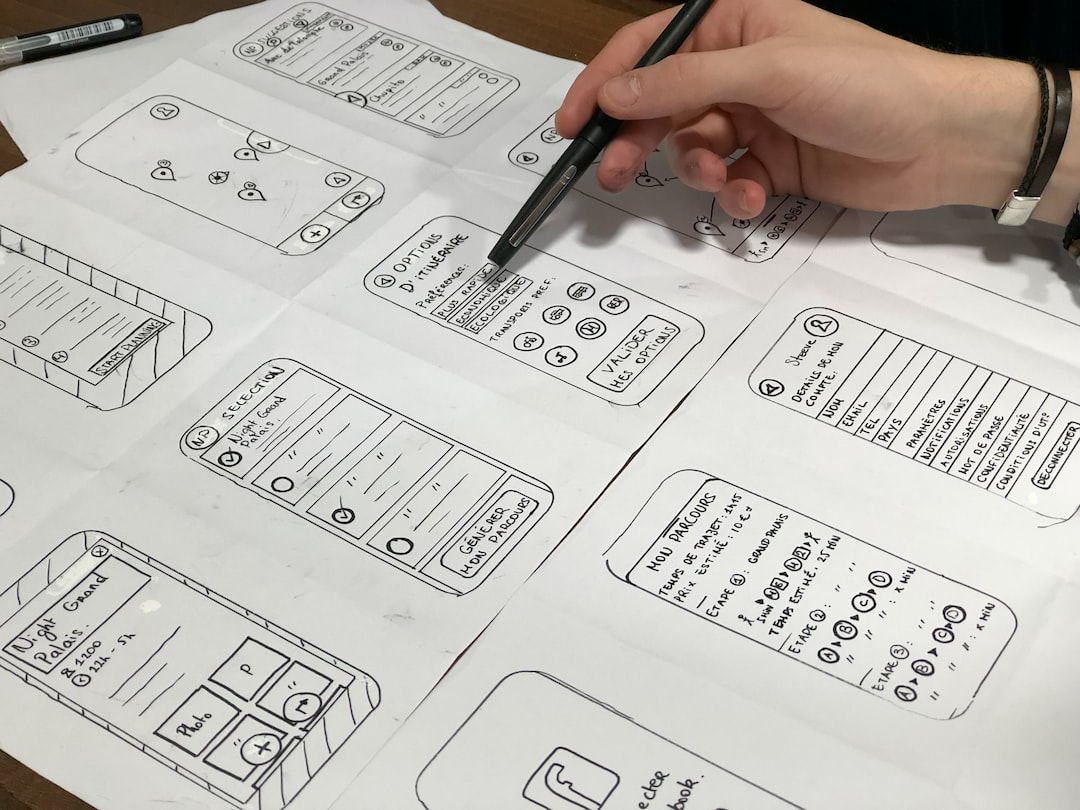The Rise of User-Centered Design: Putting People First
In today’s world, where technology is playing a larger role than ever before, it is crucial for designers to prioritize the needs and preferences of users. This has given rise to the concept of user-centered design, a process that focuses on creating products and services that effectively meet the needs and desires of the people who use them. In this blog post, we will explore the importance of user-centered design and how it has become a driving force in the world of design.
In the past, many designers followed a more traditional approach to design, often relying on their own expertise and opinions rather than truly understanding the end-users. However, this approach sometimes resulted in products and services that did not resonate with the intended audience. It became evident that a shift was needed, and user-centered design emerged as a solution.
User-centered design, also known as UCD, is a design philosophy that prioritizes the needs, preferences, and behaviors of users throughout the entire design and development process. By understanding the users’ goals, motivations, and frustrations, designers can create products that are intuitive, enjoyable, and efficient to use, resulting in increased customer satisfaction.
One of the key principles of user-centered design is empathy. Designers must put themselves in the shoes of the user, trying to understand their experiences and frustrations. By empathizing with the users, designers can gain valuable insights that inform every design decision.
A major aspect of user-centered design is conducting user research. This involves engaging with potential users, gathering feedback, and observing their behaviors and interactions with the product or service. By studying their habits and preferences, designers can identify pain points and gain a deeper understanding of how to improve their design.
The rise of user-centered design can also be attributed to the advancement of technology. With the increasing complexity of digital interfaces and the ever-growing number of devices we use on a daily basis, it has become more important than ever to ensure that these interactions are seamless and intuitive. By employing user-centered design principles, designers can simplify complex systems and create user-friendly experiences.
Furthermore, the rise of user-centered design has been fueled by the growing recognition of the importance of inclusivity and accessibility. Designers now understand the need to create products and services that are usable by all, regardless of their age, abilities, or background. By putting people first, designers can create inclusive experiences that cater to a wider range of users.
In addition to the benefits for end-users, user-centered design also brings advantages for businesses. By understanding the needs and desires of their target audience, companies can create products and services that stand out from the competition. User-centered design can help increase customer loyalty, improve customer satisfaction, and drive business growth.
To implement user-centered design successfully, collaboration and communication are essential. Designers need to work closely with developers, stakeholders, and users throughout the design process to ensure all perspectives are considered. This collaborative approach fosters innovation and better solutions that truly meet the users’ needs.
While user-centered design has gained significant traction in recent years, there is still work to be done. The field continues to evolve, with new tools and methodologies constantly emerging. Designers must stay up-to-date with the latest trends and continue to refine their skills to ensure they can effectively put people first.
In conclusion, the rise of user-centered design has transformed the way we approach design. By prioritizing the needs and preferences of users, designers can create products and services that are more intuitive, enjoyable, and efficient. This design philosophy has gained popularity due to the increased complexity of digital interfaces, the recognition of inclusivity, and the desire to stand out in a competitive market. User-centered design brings benefits for both end-users and businesses, making it an essential approach in today’s design world. As technology continues to evolve, the importance of user-centered design will only continue to grow.

